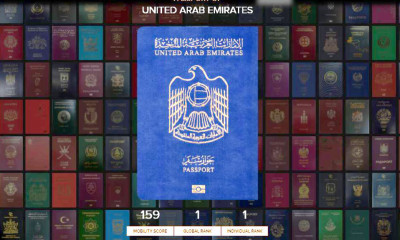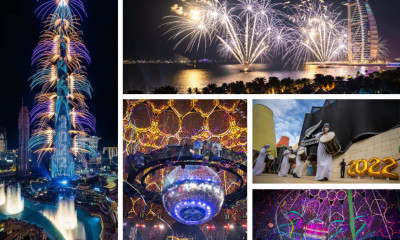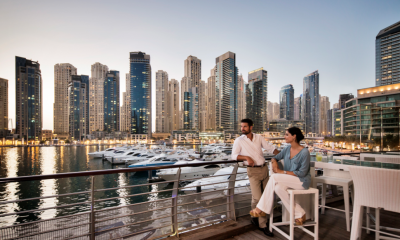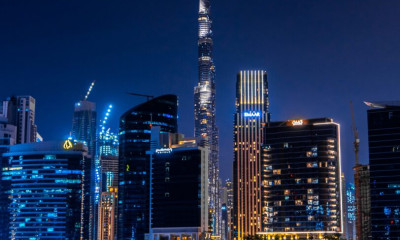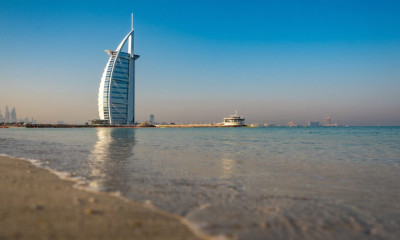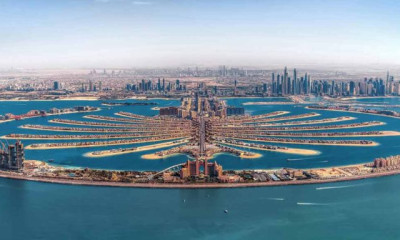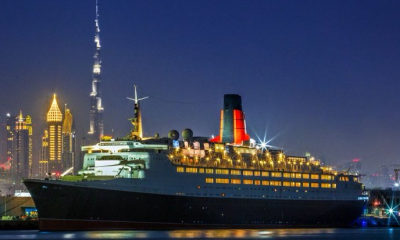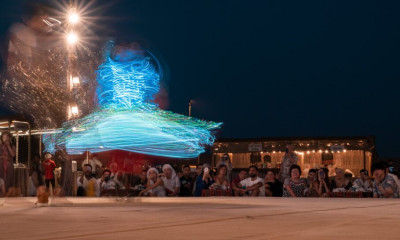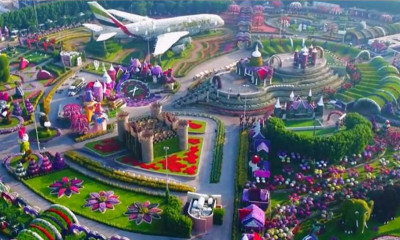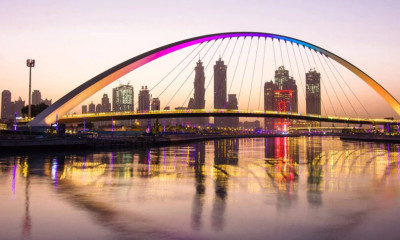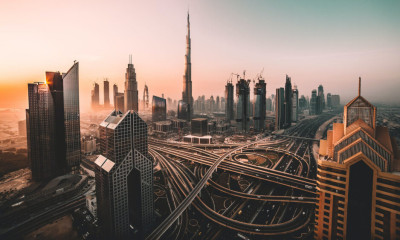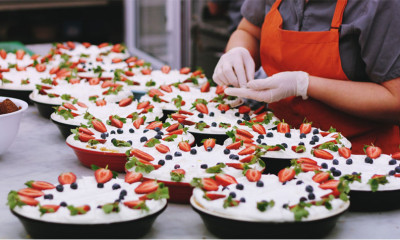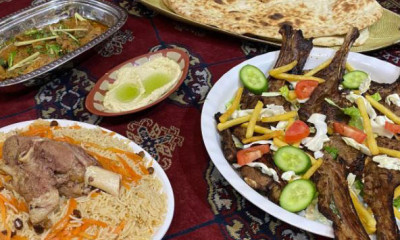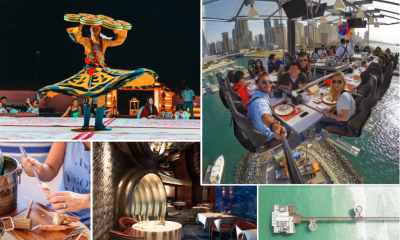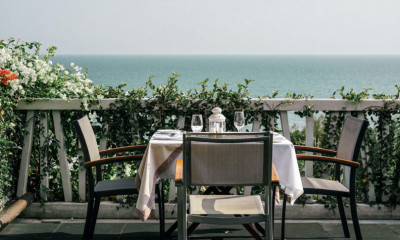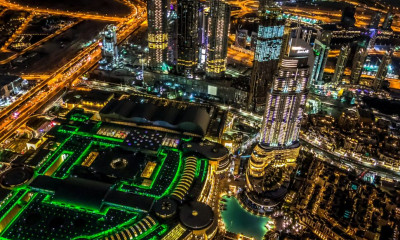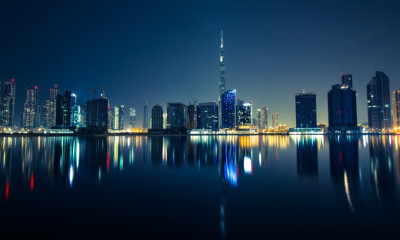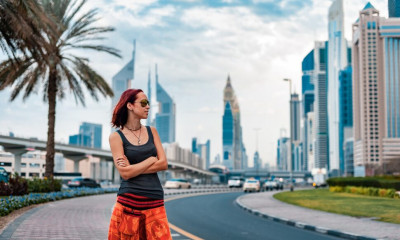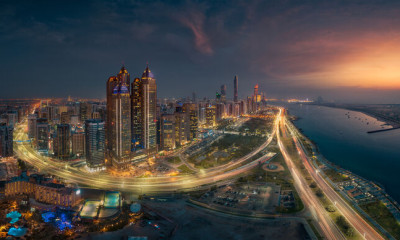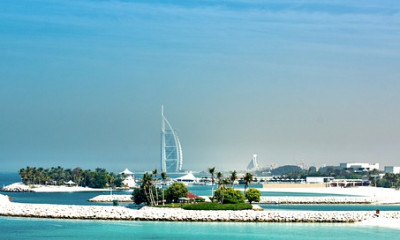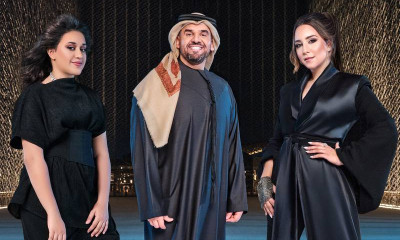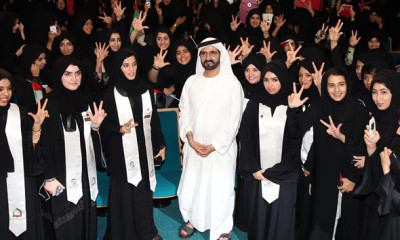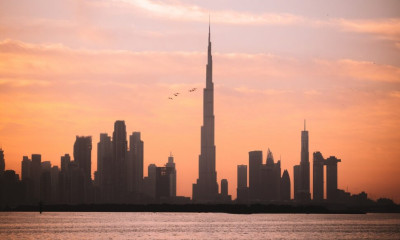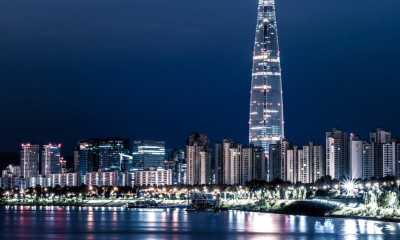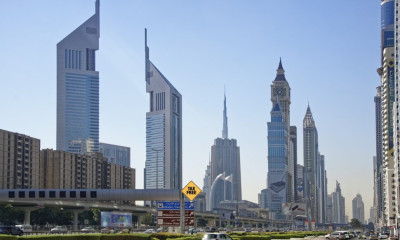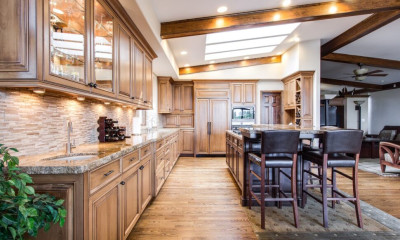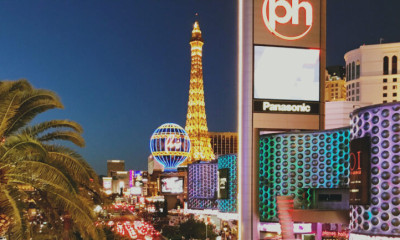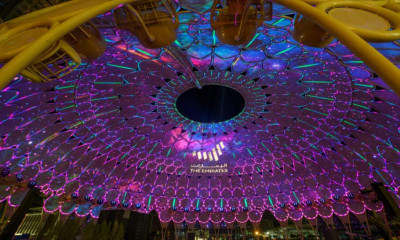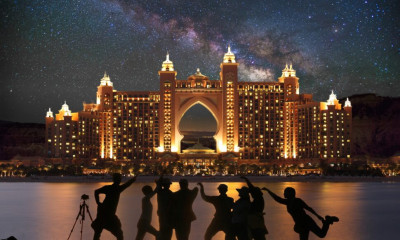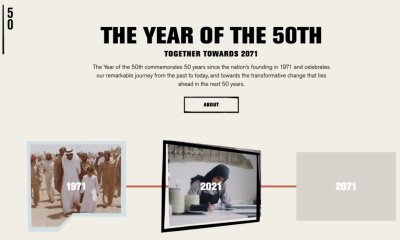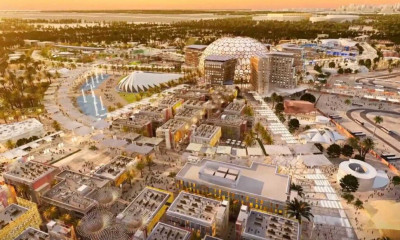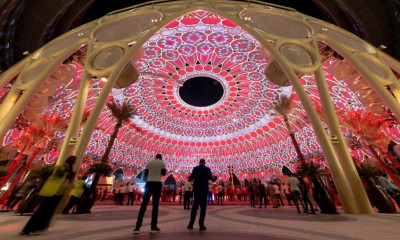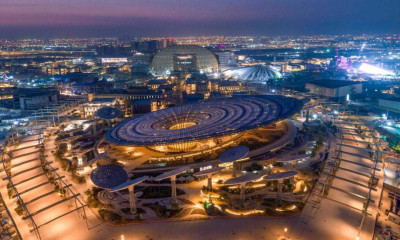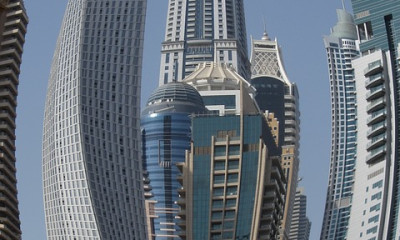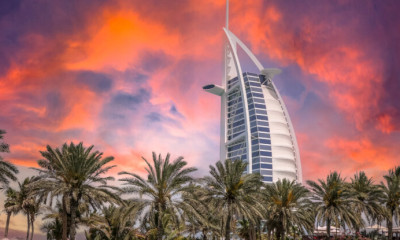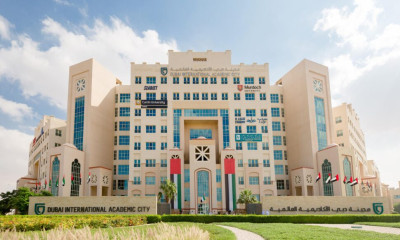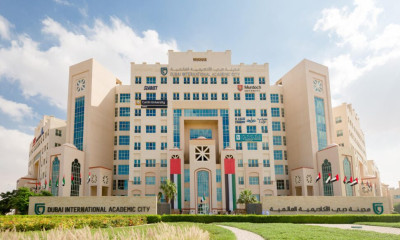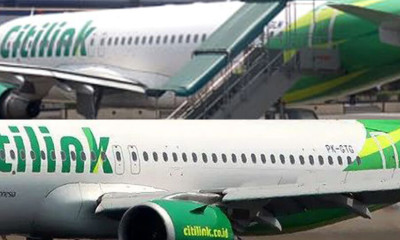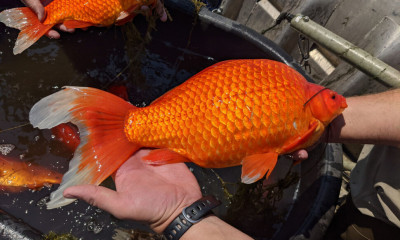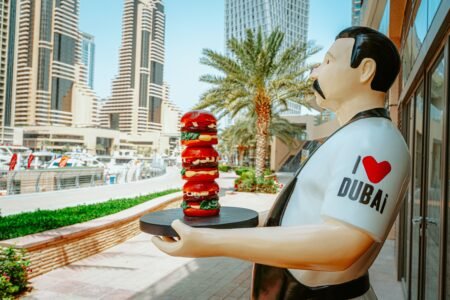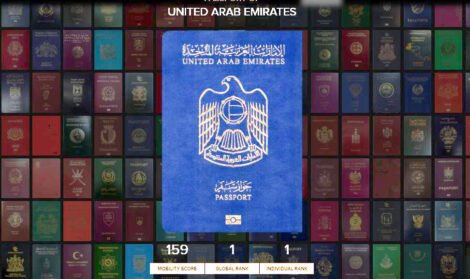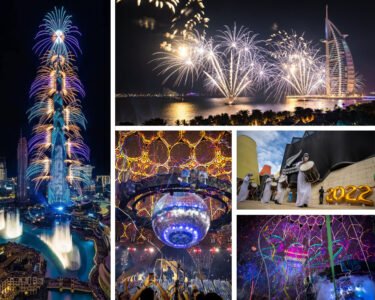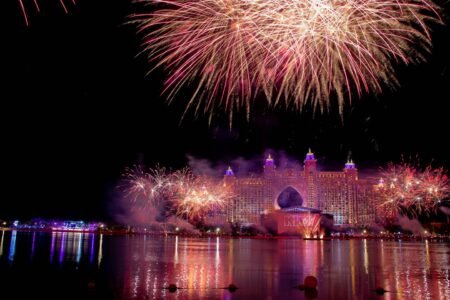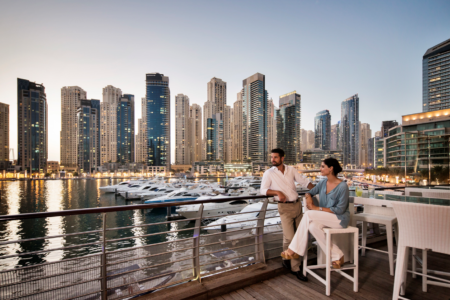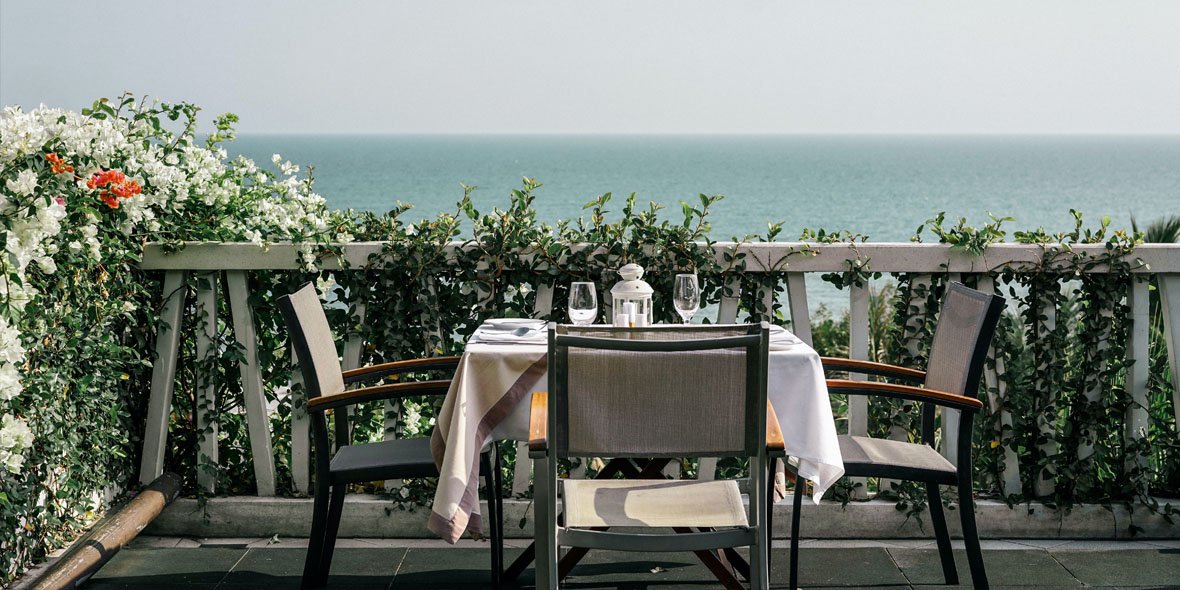
Dubai is a city of dreams, especially if you are a foodie. From mouth-watering street grub and food trucks to Michelin star restaurants, the city has something to suit every palate and pocket. The city is the world’s fourth most-visited destination, and its culinary heritage is influenced by 62 nationalities.
If Dubai has the Joshi Restaurant in Meena Bazaar serving North Indian street food (it opened its doors in 1969), then it also offers Italian fine dining at Ronda Locatelli, located in Atlantis-The Palm (opened in 2008). Try the Szechuan and Cantonese fare at Golden Dragon restaurant in Oud Metha (1976) or head to the Al Dawaar Revolving Restaurant in Deira (1980).
If you crave exceptional English food, then visit Rhodes W1 in Grosvenor House, Dubai Marina (2007) but if it is North Indian-Pakistani cuisine that you crave, then your choice is between the iconic Sind Punjab Restaurant in Karama (1977) and the legendary Ravi’s in Satwa (1978). The Iranian restaurant Ostadi in Bur Dubai (1978) is the place for kebabs but you can’t beat a brunch at Gordon Ramsay’s Bread Street Kitchen & Bar in Atlantis-The Palm (2015).
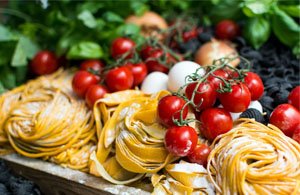

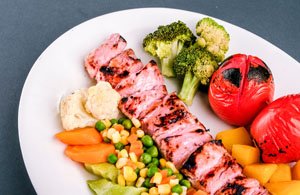
From Arabic to African, Indian to Italian, Malaysian to Mexican and French to Fijian, Dubai offers the world on a platter — literally.
From Arabic to African, Indian to Italian, Malaysian to Mexican and French to Fijian, Dubai offers the world on a platter — literally. And one can’t beat Dubai in superlatives, even when it comes to food. The city has the world’s largest floating restaurant that accommodates 400 passengers on its three levels; the world’s highest restaurant in the world’s tallest building and the world’s largest permanent floating restaurant on the permanently-docked QE2 cruise ship.
In Dubai, several places satisfy your taste buds. The Dubai Mall, the world’s largest with 1,200 retail stores, has over 200 eateries and food outlets. The Mall of the Emirates, with its 2.4 million square feet of retail floor space, features over 100 restaurants and cafés – it even has a restaurant inside the world’s largest indoor skiing facility.
At its peak, up to 85,000 meals per hour are expected to be served during Expo 2020 Dubai, across 30,000 square metres of front-of-house space for F&B.
The Expo 2020 Dubai site of 200 acres features more than 200 outlets across an area of seven football pitches, making it an F&B destination in its own right serving more than 50 global cuisines. At its peak, up to 85,000 meals per hour are expected to be served during Expo 2020 Dubai, across 30,000 square metres of front-of-house space for F&B.
The emirate’s food scene exploded after massive growth in its population since the early 2000s. In 2015, about half of the new retail brands setting up in Dubai were either coffee shops or other food and beverage outlets, according to CBRE, a real estate consultancy.
A KPMG report in 2018 said that the emirate had the second-highest density of restaurants in the world. Just behind Paris, it had almost 3,000 (2,935) F&B outlets per million residents while Paris had 3,656 outlets. In 2018 alone, the emirate saw 1,109 new restaurants and cafés opening for business.
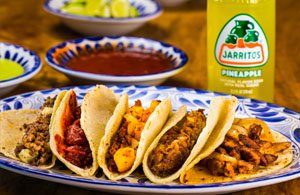
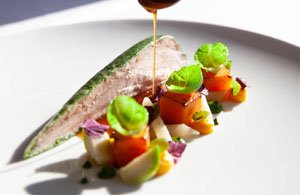
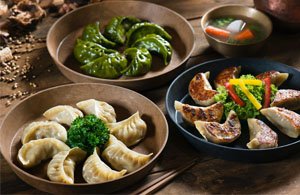
By 2019, Dubai had the eighth-most diverse food scene in the world, according to a survey by Bott & Co, travel insurance solicitors and specialists. Dubai has recently relaxed liquor consumption rules for residents and tourists, giving a further boost to its F&B industry.



